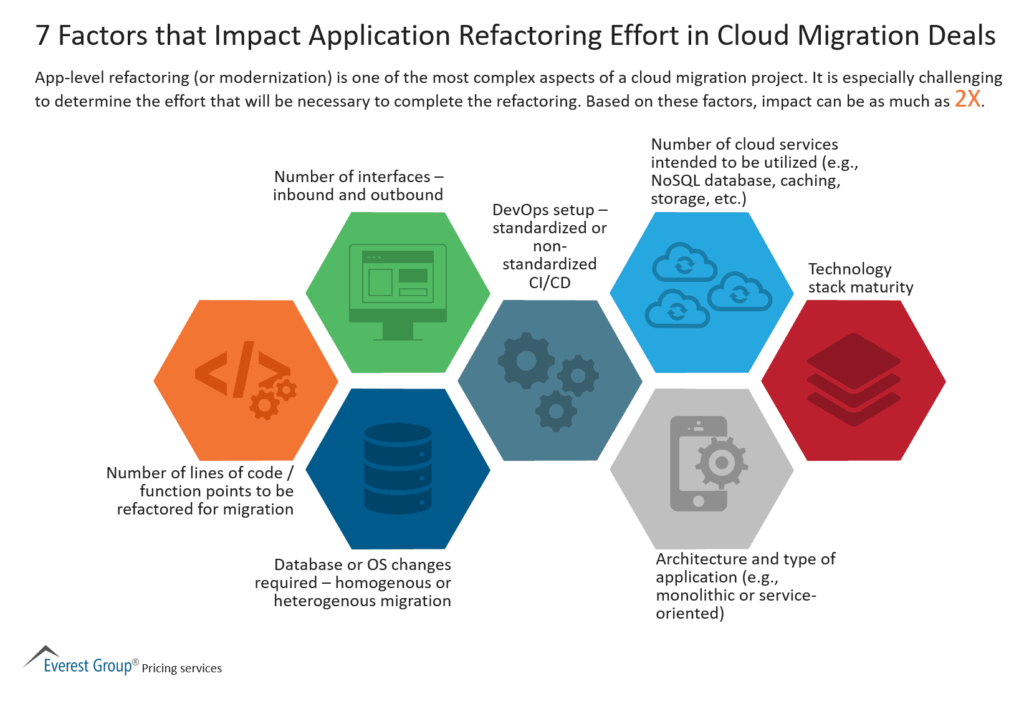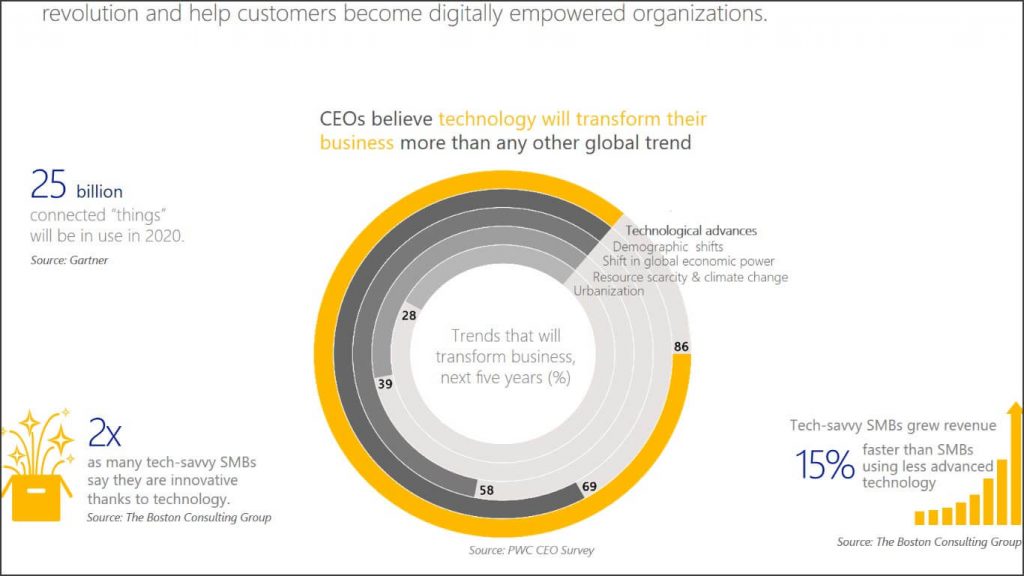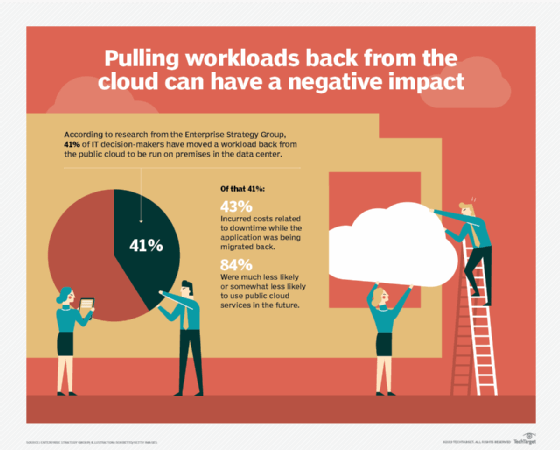Cloud migration is one of the most talked-about topics in the IT world, and for good reason. Migrating to the cloud is a process that involves moving all or part of an organization’s IT infrastructure and applications to the cloud. It enables businesses to take advantage of the benefits of cloud computing, such as scalability, flexibility, and cost-effectiveness. However, one question that often comes up when discussing cloud migration is: how long does it take?
The answer to this question is not straightforward, as the time it takes to migrate to the cloud depends on several factors. In this article, we’ll explore the different factors that can impact the duration of a cloud migration project. We’ll also discuss some best practices for planning and executing a cloud migration project to ensure that it is completed on time and within budget. So, whether you’re considering migrating to the cloud or you’re already in the process, this article will provide valuable insights into how long you can expect the migration to take.
Cloud migration typically takes between 4-6 weeks, depending on the complexity of the project. The process starts with assessing the current environment, followed by planning the migration, cloud provider selection, and migration execution. Once the migration is complete, testing and validation is performed, followed by implementation and optimization.

How Long Does Cloud Migration Take?
Cloud migration is the process of transferring data, applications, and other business processes from a physical server to a cloud-based platform. Cloud migration is becoming increasingly popular due to its scalability, cost-effectiveness, and security. The amount of time it takes to complete a cloud migration will depend on a variety of factors, including the complexity of the project and the skills of the migration team.
Factors Affecting Migration Time
The amount of time it takes to complete a cloud migration will depend on several factors, such as the complexity of the project and the skills of the migration team. The complexity of the project will depend on the size and complexity of the data, the number of applications and services that need to be migrated, and the number of users that will be using the cloud-based system. In addition, the migration team must possess the necessary technical skills to complete the migration successfully.
The amount of time it takes to complete a cloud migration also depends on the amount of preparation that is done beforehand. Preparation includes evaluating the current infrastructure, setting up a cloud-based system, and testing the cloud-based system to ensure it is working properly. The migration process itself involves transferring data, applications, and other business processes from the physical server to the cloud-based platform.
Migration Steps and Timeline
The cloud migration process typically involves several steps, including evaluating the current infrastructure, setting up a cloud-based system, and testing the cloud-based system to ensure it is working properly. Each step of the process can take a different amount of time, depending on the size and complexity of the project. In general, most cloud migrations can be completed in a few weeks to a few months.
For complex migrations, the timeline may be longer. Complex migrations may require additional preparation and testing, which can add several weeks or even months to the timeline. Additionally, if the migration team does not possess the necessary technical skills, the timeline may be extended as the team acquires the necessary skills to complete the migration.
Frequently Asked Questions
Cloud migration is the process of moving data and applications from on-premises infrastructure to the cloud. It can be done either gradually or in one fell swoop, depending on the individual needs of the organization.
How long does cloud migration take?
The duration of a cloud migration project largely depends on the size and complexity of the data and applications being migrated. A single application migration may take as little as a few days, while a larger migration project could take several weeks or more. Additionally, any existing infrastructure and customizations must be factored into the timeline, as well as the time needed for testing, validation, and deployment.
Cloud migration projects should also include a period of user training and adoption. This will help ensure that employees understand the new cloud-based system and how to use it. Depending on the size of the organization and the complexity of the migration, user training could take several weeks or more.

In conclusion, there is no definitive answer to the question of how long cloud migration takes. The duration of the process depends on several factors, including the size of the data being migrated, the complexity of the applications, the level of integration required, and the expertise of the migration team. However, with careful planning and execution, cloud migration can be a smooth and efficient process that can yield significant benefits for businesses, including increased agility and scalability, improved security, and reduced costs.
As more and more organizations recognize the value of cloud migration, there is a growing need for skilled professionals who can help companies make the transition smoothly. Whether you are an IT professional looking to enhance your skills or a business owner seeking to migrate your operations to the cloud, it’s essential to work with experienced professionals who can guide you through the process and help you achieve your objectives. With the right team and approach, cloud migration can be a powerful tool for driving growth and innovation in today’s rapidly evolving digital landscape.



